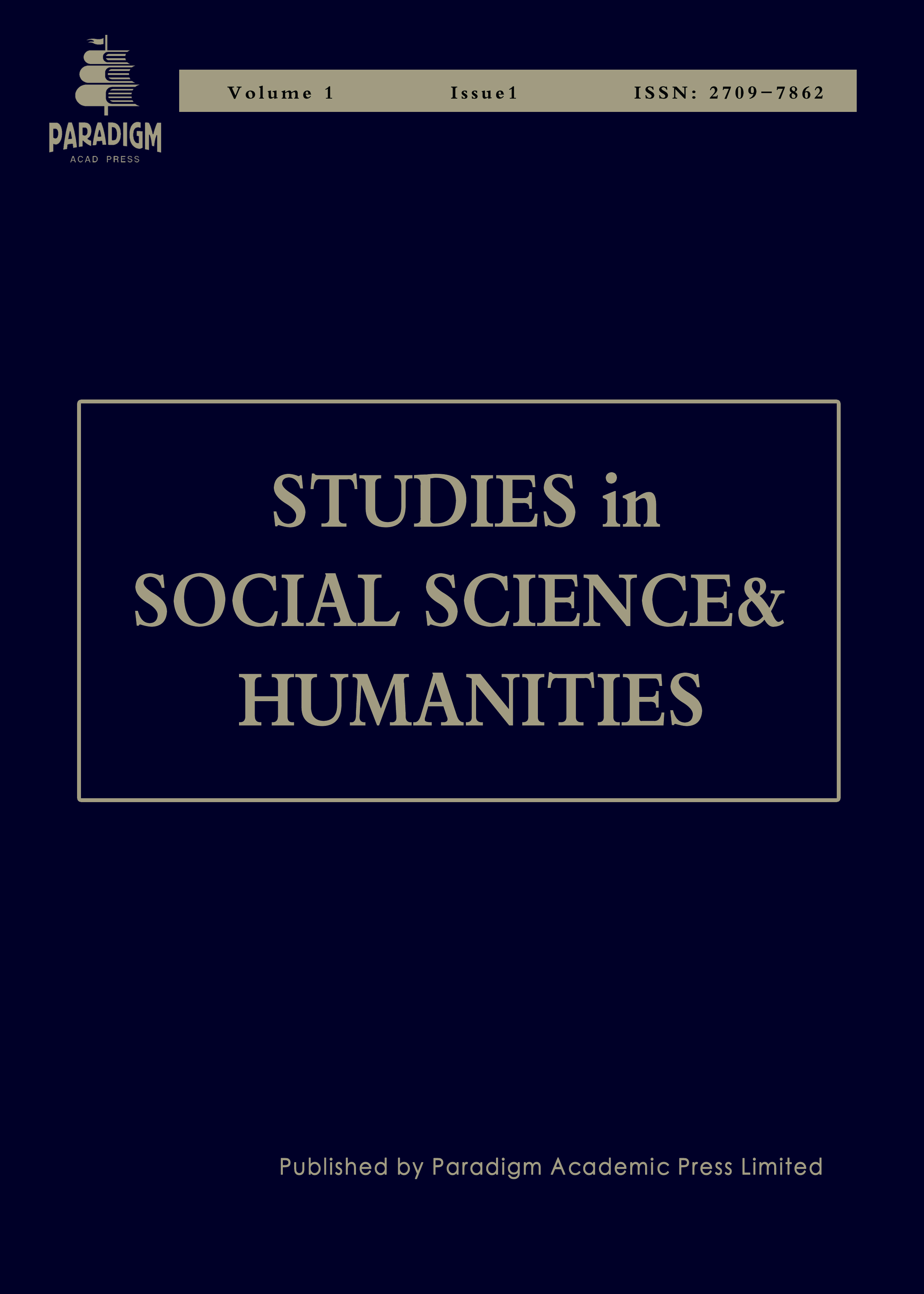Transformation of Perceived Social Equity Among Chinese Residents: An Empirical Analysis Based on the Age-Period-Cohort Model
Keywords:
perceived social equity, age-period-cohort modelAbstract
This study employs the Age-Period-Cohort (APC) model to explore the mechanisms and trends of perceived social equity among Chinese residents. The analysis draws on data from the China General Social Survey (CGSS) conducted in 2010, 2013, 2015, 2018, and 2021, focusing on issues related to perceived social equity. The study reveals an upward trend in perceived social equity among Chinese residents over the past decade, with economic development serving as a significant driving force. However, examination of the cohort effect indicates two peaks (in the 1940s and mid-1980s) and a trough (in the 1950s-1970s). Furthermore, the urban-rural disparity, influenced by the household registration system, emerged in the mid-1960s and gradually widened. However, in the early 21st century, accelerated urbanization and increased efforts in rural revitalization led to a sudden narrowing of the cohort gap between urban and rural areas. The study also finds that individuals with higher education tend to have a relatively higher sense of social equity. However, since the 1980s cohort, expansion of higher education enrollment has reduced this difference.


